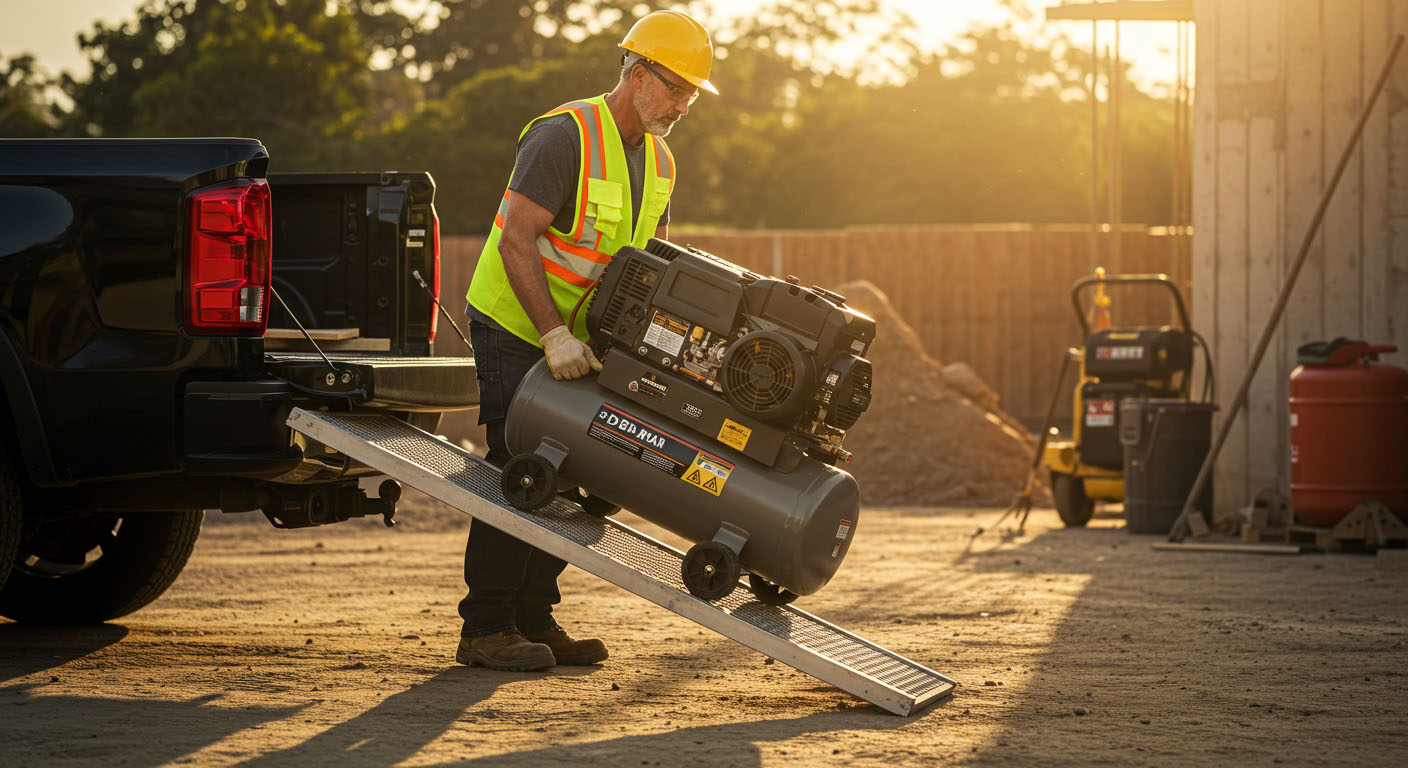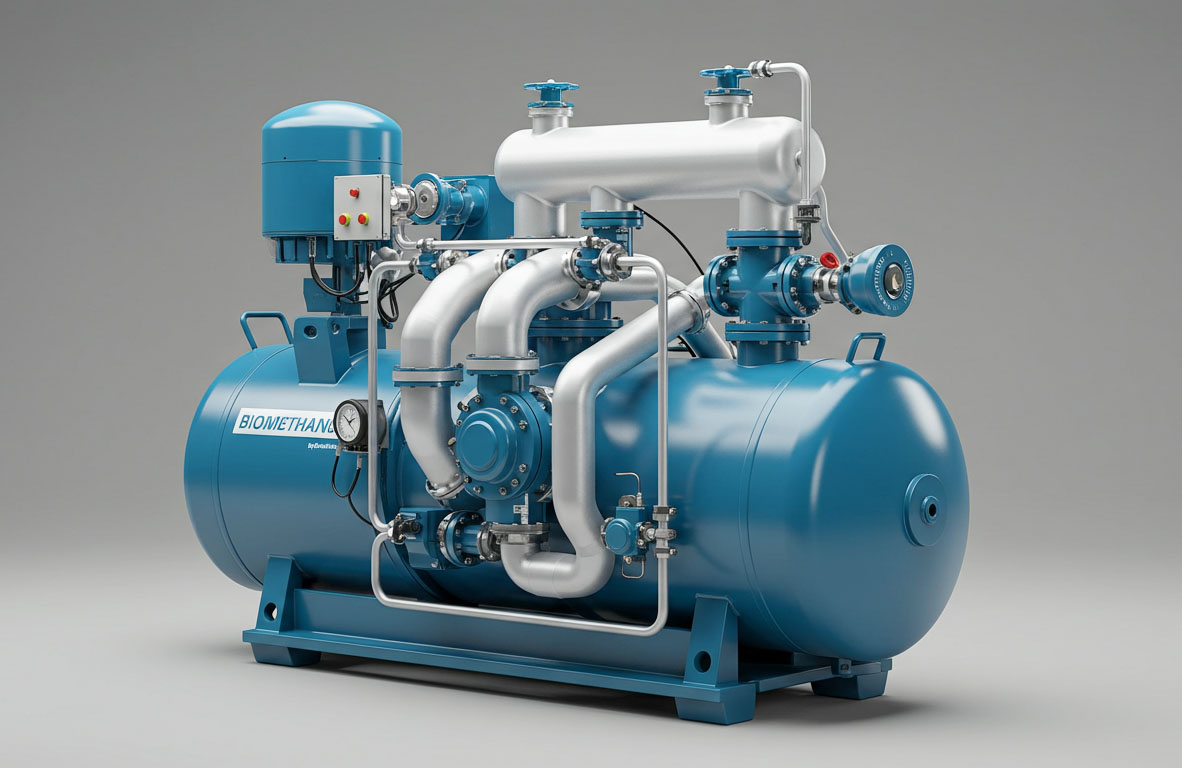Conquer Rings: Mastering the 2 Stroke Piston Ring Compressor
Mastering the 2 Stroke Piston Ring Compressor: Your Guide to Smooth Engine Performance
Your little engines depend heavily on the humble 2 stroke piston ring compressor to operate properly. Knowing how to use this tool correctly is essential for a successful piston ring replacement, regardless of your level of experience as a mechanic or your level of do-it-yourself enthusiasm. This thorough manual delves deeply into the world of piston ring compressors, giving you the information and tools you need to handle engine repairs with assurance.
Understanding the 2 Stroke Engine and Piston Rings
2 stroke engines complete the task in only two strokes: compression and power, as opposed to 4-stroke engines’ intricate ballet of valves and pistons. They are lightweight and strong due to their streamlined form, making them ideal for powering everything from motorbikes to chainsaws.
But healthy piston rings are necessary to maintain this effective dance. By sealing the combustion chamber inside the cylinder, these metal rings maximize power production by keeping the valuable fuel mixture from escaping. Leaks caused by worn or broken rings can result in poor performance, smokey exhaust, and even engine failure.
The Role of the 2 Stroke Piston Ring Compressors:
The task of replacing the piston rings on a two-stroke engine is similar to trying to fit a broad belt onto a spinning wheel. This is where the 2 stroke piston ring compressor comes into play, conducting this delicate operation like a ringmaster.
- These speciality instruments are available in a variety of forms, including internal and exterior clamps and flexible bands. Their goal is straightforward: by compressing the rings, they become smaller and more easily slip into the cylinder bore. By doing this, installation-related damage to the cylinder walls and rings is avoided.
- Forcing the rings without a compressor might result in fracture or incorrect installation, jeopardizing the engine’s performance and seal. Thus, bear in mind the reliable piston ring compressor the next time your two-stroke engine requires a ring replacement. It’s an essential instrument for maintaining your engine’s performance.
Taming the Rings: Exploring 2 Stroke Piston Ring Compressor Types:
The realm of 2 stroke engine repair involves more than just screwdrivers and wrenches. A specialist instrument known as a 2 stroke piston ring compressor becomes your reliable ally when it comes to piston ring replacement. But there are so many kinds to choose from that it might be intimidating. Now let’s explore the three primary categories:
- Band-Style Compressors:
Imagine a robust, flexible rubber band. That’s a compressor in the vein of a band. As it tightens, it encircles the piston and compresses the rings. They are easy to operate with smaller motors, such as those in chainsaws and weed eaters, thanks to their straightforward design. For bigger engines or ones with intricate ring designs, their restricted control might not be the best option.
- Internal Compressors:
Internal compressors take the lead because they provide more stability and control. These instruments fit straight into the cylinder and have a split ring-like shape. The internal compressor compresses the rings from within the cylinder bore by tightening a screw mechanism. These are a fantastic option for bigger engines, such as those used in motorcycles and ATVs, as they provide more accuracy. However, depending on the engine design, they could need to be disassembled again.
- External Compressors:
As the rings are inserted into the cylinder, these clamp down on the piston from the outside. With this design, you can see more during installation and it works with a larger variety of engine sizes. Nevertheless, compared to band-style compressors, they could be heavier to operate and need more movement.
Ultimately, the best choice depends on two key factors:
- Engine Size & Type:
Verify that the size and design of the compressor match the bore diameter and ring style of your engine. It is important to refer to a compatibility table or your engine manual.
- Your Choice:
Take your degree of experience into account. Although band-style compressors are simpler to operate, greater control is available with internal and external choices. To guarantee a seamless and effective engine repair, you can select the ideal piston ring compressor by being aware of these varieties and their advantages.
How to Use a 2 Stroke Piston Ring Compressor?
Safety comes first when exploring the realm of ring compression:
- Your Engine Manual Is Your Bible:
For comprehensive instructions and safety measures, always refer to the service handbook for the engine that you are using. This guarantees that you adhere to the engine’s prescribed methods.
- Get Ready:
Wearing safety eyewear and gloves is crucial to safeguarding against unintentional wounds and loose debris during disassembly.
- Keeping things clean is essential:
Operate in a clean, well-lit space. By doing this, the possibility of dirt or other impurities getting inside the engine and perhaps causing internal damage during the repair procedure is reduced.

Steps for Using a 2 Stroke Piston Ring Compressor:
- Get the engine ready:
As directed by the directions in your engine handbook, remove the cylinder head and piston.
- Choose the appropriate compressor:
Make sure the compressor is appropriate for the size and kind of your engine.
Compress the rings: To compress the rings, according to the manufacturer’s instructions, which will vary based on the kind of compressor.
- Put the rings in place:
Make sure the compressed rings are positioned correctly by the handbook as you carefully slip them onto the piston.
- Put the engine back together:
Place the new piston rings in the engine and carefully rebuild it, following the reverse sequence of the service instructions.
Selecting Your Champion: Choosing the Right 2 Stroke Piston Ring Compressor:
To successfully replace the piston rings in your two-stroke engine, you’ll need the appropriate equipment. However, selecting the ideal 2 stroke piston ring compressor may be as difficult as traversing a maze with the variety of alternatives available. Do not be alarmed! Here’s how to choose the engine champion for your vehicle:
- Recognize Your Engine:
Knowing your engine is the cornerstone of your decision. There are two main elements at work:
- Engine Size & Bore Diameter:
Various engine sizes and cylinder bore diameters are intended for use with particular compressors. Mismatched sizes may cause the tool to compress incorrectly or become difficult to handle. Always make sure the compressor fits the bore diameter of your engine by consulting a compatibility table or your engine handbook.
- Ring Style:
Some engines have several piston rings (scraper rings, compression rings, etc.) with different patterns. Make sure the compressor you select is compatible with your engine’s particular ring layout.
Beyond the Compressor: Essential Tips for Piston Ring Replacement
Acquiring a reliable piston ring compressor is an excellent initial measure; yet, a triumphant ring substitution requires more than simply the appropriate instrument. Here are some more pointers to guarantee a seamless and effective repair procedure:
- Invest in High-Quality Rings:
Don’t cut corners while buying new rings. Choose premium rings made especially for the model of your engine. Using inferior rings can counteract the advantages of a new installation by causing early wear.
- Examine the Cylinder Walls:
With the piston removed, you can easily access the cylinder. However, pay special attention to the cylinder walls and search for any signs of wear or damage. Engine performance and ring seal can be greatly impacted by deep scratches or scoring. In some situations, replacing the cylinder or honing it could be required before adding new rings.
- Lubricate the Rings:
When installing rings, friction is your enemy. Give the surface of the compressed rings a little coating of fresh engine oil before attaching them to the piston. This lubricant lessens friction between the cylinder walls and rings, ensuring a smooth operation throughout the installation.
Keeping Your Compressor Champion: 2-Stroke Piston Ring Compressor Maintenance
The reliable piston ring compressor is essential to maintaining the health of your engine. Like any tool, though, regular upkeep keeps it in good working order so that repairs may be made later. Here’s a brief how-to for maintaining your compressor:
- Cleanliness is Key:
Maintaining cleanliness is essential. Use a moist cloth and a mild soap solution to completely clean the compressor after each usage. Eliminate any remnant of oil, dirt, or debris that may have accumulated during the repair procedure. This keeps things from corroding and guarantees smooth functioning for later use.
- Visual Inspection:
Check your compressor regularly for wear or damage. Inspect for bending, fractures, or missing parts. Replace the compressor if you find any problems to prevent future repairs from jeopardizing its performance and maybe damaging your engine.
- Appropriate Storage:
Keep your compressor in a dry, clean location while not in use. Steer clear of wetness and very high or low temperatures since they might hasten wear and tear. It is to keep it safe and accessible for the next jobs, place it in a toolbox or workshop cabinet.
Conclusion:
It’s important to select the appropriate tools. Your reliable source for engine maintenance, LEIYAO Compressor provides a range of premium compressors to suit different engine sizes and kinds. We provide you with the confidence to take on any 2 stroke engine repair project because of their dependable operation and user-friendly designs.


